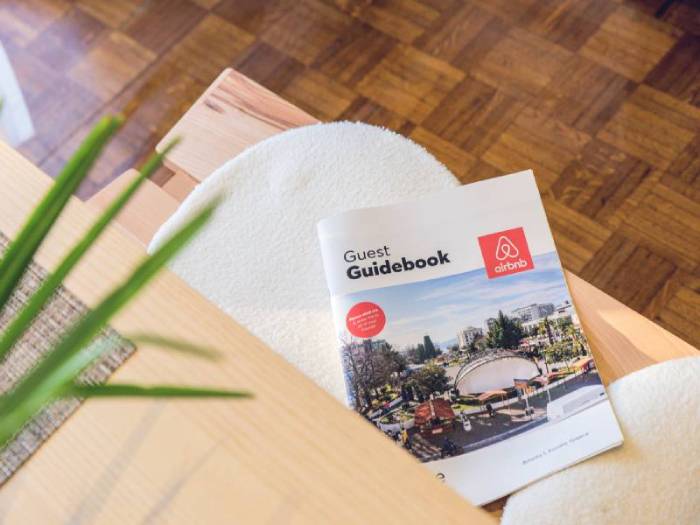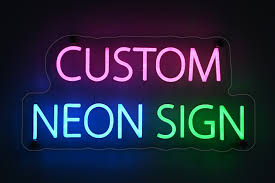Introduction: Why a Welcome Guide is Essential
A well-crafted welcome guide is more than just a courtesy; it’s a vital tool that significantly enhances the guest experience. In an age where hospitality is increasingly personalized, a thoughtfully prepared guide can set the tone for your guests’ stay, making them feel informed, comfortable, and valued from the moment they arrive.
Importance of a Welcome Guide
A welcome guide serves as the first point of communication between you and your guests, offering them essential information that can help navigate their stay with ease. It provides clear instructions on how to use appliances, access Wi-Fi, and follow house rules, which can prevent confusion and ensure a smooth experience. Moreover, by including local tips and recommendations, you enrich their stay, helping them explore and enjoy the area like a local.
Benefits for Hosts
For hosts, the advantages of a comprehensive welcome guide are manifold. Firstly, it reduces the frequency of repetitive questions, saving you time and effort in managing guest inquiries. A well-informed guest is more likely to have a positive experience, which translates into better reviews and higher ratings. Additionally, a welcome guide can help set clear expectations, reducing the likelihood of misunderstandings or conflicts during the stay. By taking this proactive step, you not only enhance guest satisfaction but also foster a smoother, more efficient hosting experience.
What to Include: Property Details, Local Attractions, and House Rules
Crafting a comprehensive welcome guide requires careful consideration of what your guests need to know to fully enjoy their stay. Here’s how to ensure your guide is both informative and valuable.
Property Details
This section is the backbone of your welcome guide. Provide all the essential information that guests will need to navigate the property with ease. Start with the basics: Wi-Fi passwords, check-in and check-out times, and any necessary codes for entry. Include detailed instructions for operating appliances, from the thermostat to the washing machine, to prevent any confusion or mishaps. If your property has any quirks, like a tricky lock or a sensitive light switch, be sure to mention these as well. This level of detail not only helps guests feel more at home but also reduces the likelihood of them reaching out with questions during their stay.
Local Attractions
To elevate your guests’ experience, go beyond the property and highlight the local area. A curated list of nearby restaurants, cafes, and bars can greatly enhance their stay, especially if you include personal recommendations or insider tips on what to order. Don’t forget to mention local attractions such as parks, museums, or cultural sites, as well as any hidden gems that only a local would know. This not only enriches their visit but also positions your property as a gateway to the best that the area has to offer.
House Rules
Setting clear expectations is crucial for a smooth hosting experience. In your welcome guide, dedicate a section to house rules. This should cover policies on noise levels, pets, smoking, and any other specifics relevant to your property. Be clear and direct, but also considerate in your tone to ensure that guests understand the importance of these rules without feeling unwelcome. This proactive approach can prevent potential issues, ensuring that both you and your guests have a positive experience.
Designing a User-Friendly and Visually Appealing Guide
Creating a welcome guide that is both user-friendly and visually appealing is key to ensuring guests can easily access the information they need while also enjoying the experience of using it.
Layout and Organization
The first step in designing a user-friendly guide is to organize the content in a logical, intuitive manner. Start with a clear table of contents, allowing guests to quickly find the sections they need, whether it’s property details, local attractions, or house rules. Use headings and subheadings to break up the text into digestible sections, making it easy for guests to scan and locate specific information. Consider placing the most important details, like Wi-Fi passwords and emergency contacts, at the beginning of the guide for quick reference. Consistent use of bullet points or numbered lists can also enhance readability and make the guide less overwhelming.
Visual Appeal
Visual design plays a crucial role in engaging guests and making your guide enjoyable to use. Choose a colour scheme that reflects the tone of your property—whether it’s a calm, neutral palette for a serene retreat or vibrant colours for a lively urban flat. Fonts should be legible and consistent throughout, with variations only for headings or emphasis. Incorporating high-quality images of the property and local attractions can break up text and provide visual interest, helping guests to visualise their stay. However, be careful not to overcrowd pages; white space is your friend in keeping the guide clean and professional.
Accessibility Considerations
To make your guide accessible to all guests, including those with visual impairments, consider using larger fonts and high-contrast colours that are easier to read. If your guide is digital, ensure it is compatible with screen readers by using alt text for images and descriptive headings. Offering the guide in multiple formats—such as both printed and digital versions—can cater to different preferences and needs. For added convenience, consider including a QR code that guests can scan to access the guide on their mobile devices.
By focusing on layout, visual appeal, and accessibility, you’ll create a welcome guide that not only informs but also enhances the overall guest experience.
Offering Digital vs. Printed Welcome Guides
Digital Welcome Guides
Digital welcome guides are becoming increasingly popular due to their versatility and convenience. One of the primary advantages of a digital guide is the ease of updating. If there are changes to local attractions, property details, or house rules, digital guides can be quickly and easily edited without the need for reprinting. This ensures that guests always have access to the most current information. Additionally, digital guides are accessible on mobile devices, which aligns with the preferences of tech-savvy travelers who appreciate having all necessary details at their fingertips. The ability to include interactive elements, such as links to maps, booking platforms, or local business websites, further enhances the guest experience, making the digital guide not just an information source but a tool for convenience and exploration.
Offering a high-end, personalised experience can truly set your property apart, particularly in competitive markets like Paris. Services such as Conciergerie Airbnb Paris provide expert management and local insights, helping to elevate the guest experience and ensure your listing stands out.
Printed Welcome Guides
Despite the rise of digital formats, printed welcome guides still hold significant appeal, particularly for guests who appreciate a tangible, personalized touch. A well-designed physical guidebook can serve as a memorable part of the guest experience, offering a sense of warmth and hospitality that digital versions may lack. Printed guides are especially effective in properties where guests might prefer to unplug from their devices, such as rural retreats or luxury accommodations. The tactile quality of a beautifully bound book can convey a sense of permanence and care, leaving a lasting impression. Moreover, a printed guide can be an artistic piece, reflecting the character and style of the property, which can enhance the overall ambiance.
Choosing the Right Format
Deciding between a digital or printed welcome guide—or opting for both—depends on your property type and target demographic. For urban properties catering to business travelers or younger guests, a digital guide is likely the better option due to its convenience and up-to-date information. On the other hand, if your property is a high-end, boutique accommodation or a countryside retreat, a printed guide might offer the kind of personal touch that aligns with the guest experience you’re aiming to create. For a balanced approach, consider providing both options: a digital guide for easy access and updates, and a printed version for those who enjoy a more traditional, hands-on resource.
For hosts managing properties in dynamic markets like Dubai, professional assistance can make a significant difference. Engaging with a specialised service like Airbnb management Dubai ensures that your property is optimally managed, leaving you with more time to focus on enhancing the guest experience.
Conclusion: Enhancing the Guest Experience with a Comprehensive Guide
A well-crafted Airbnb welcome guide is an indispensable tool for enhancing the guest experience. By including essential property details, highlighting local attractions, clearly communicating house rules, and designing the guide to be both user-friendly and visually appealing, hosts can significantly improve guest satisfaction. Whether in digital or printed form, a comprehensive guide sets the tone for a smooth and enjoyable stay, helping guests feel informed, comfortable, and valued from the moment they arrive.
For hosts who have yet to create a welcome guide or those with outdated versions, now is the perfect time to take action. An updated, thoughtful guide not only reduces the need for repetitive communication but also elevates the overall guest experience, leading to more positive reviews and repeat bookings. Investing time and effort into developing a comprehensive guide is a strategic move that pays off by fostering stronger connections with guests and setting your property apart in a competitive market.
To help you create a professional and effective welcome guide, consider exploring resources such as template services or design tools like Canva, which offer user-friendly options for both digital and printed guides. Additionally, collaborating with companies like Houst can provide expert support in curating content and ensuring your guide meets the highest standards. By prioritising the guest experience through a well-designed welcome guide, you can ensure your property continues to attract and delight visitors.






Be First to Comment